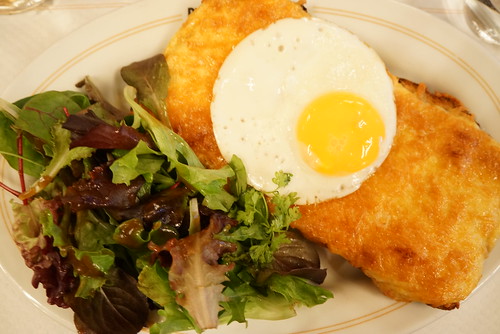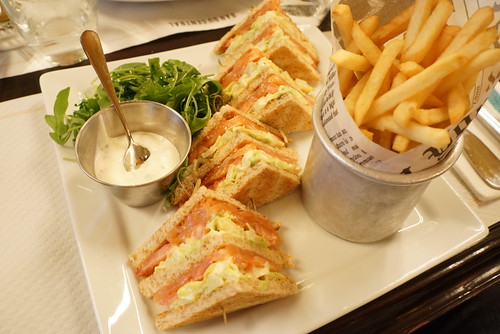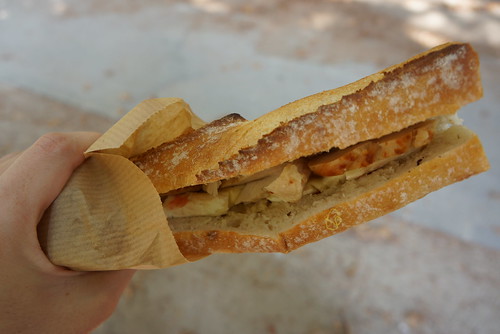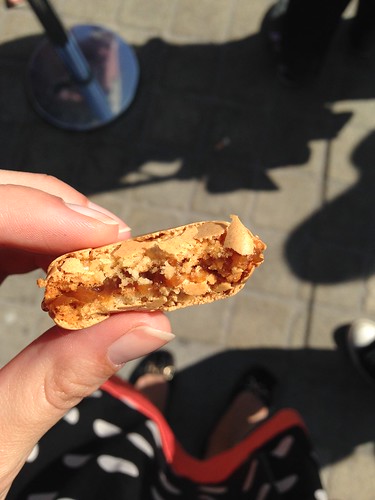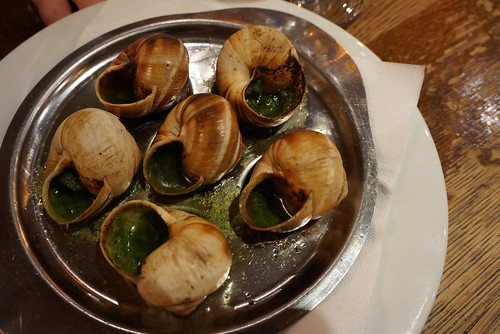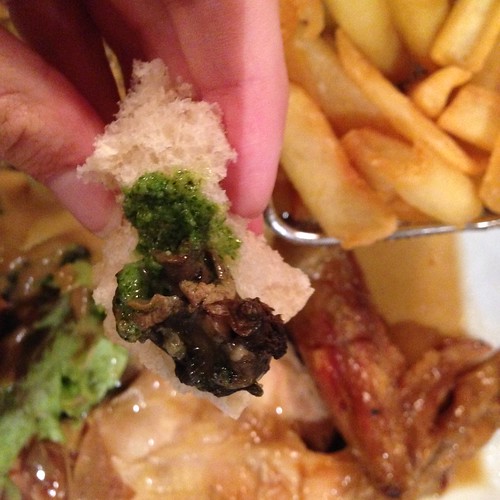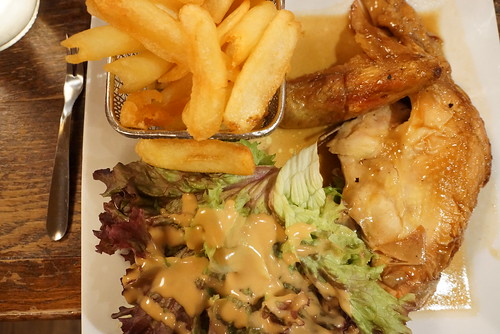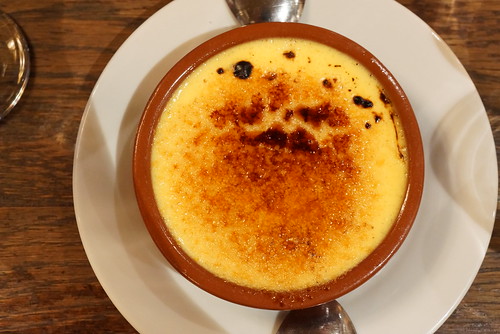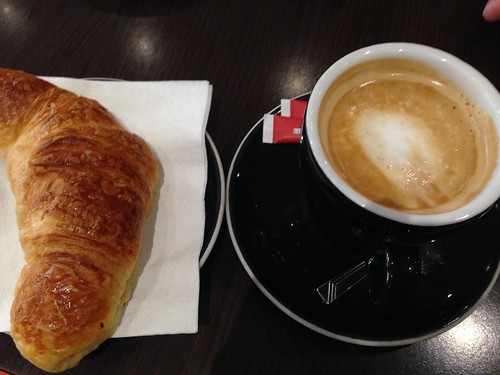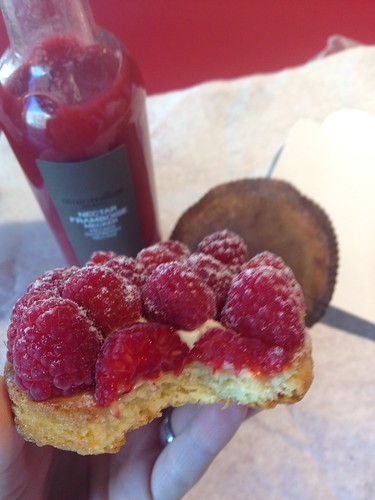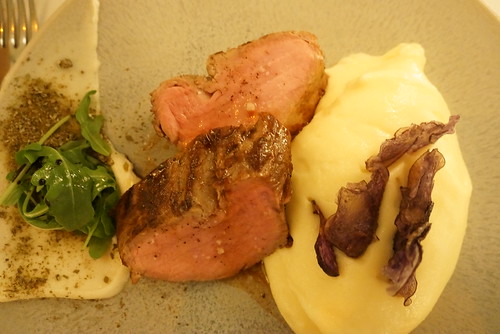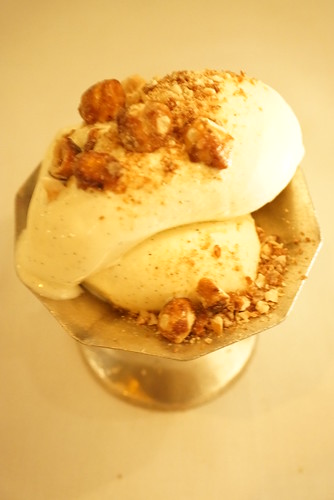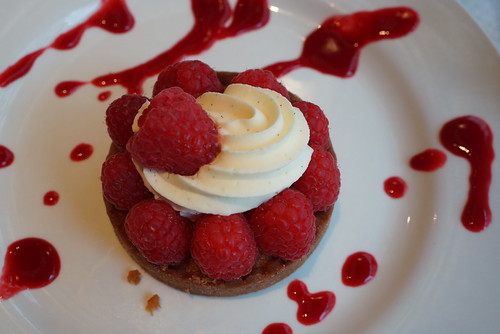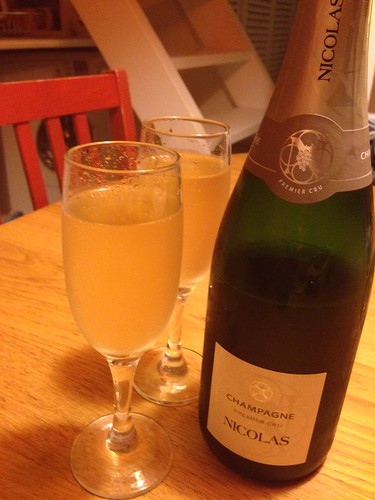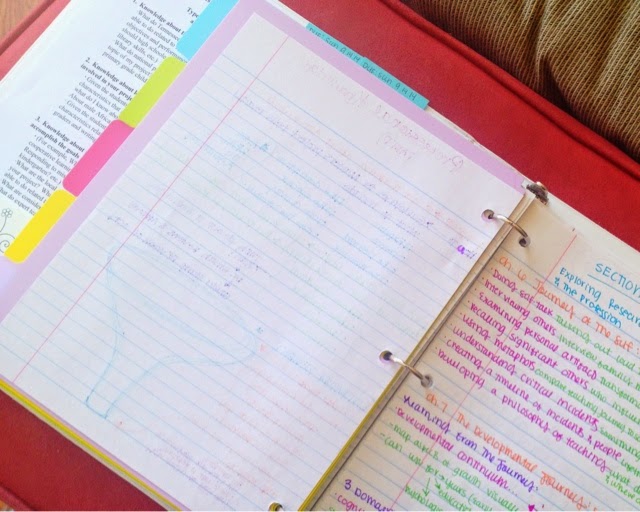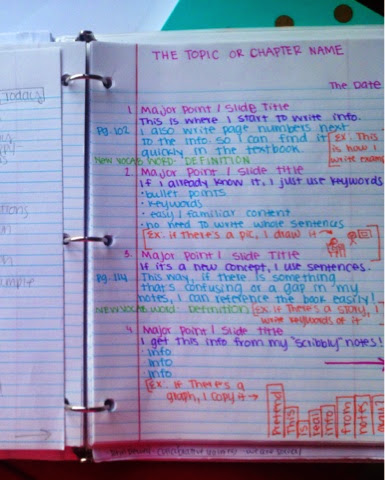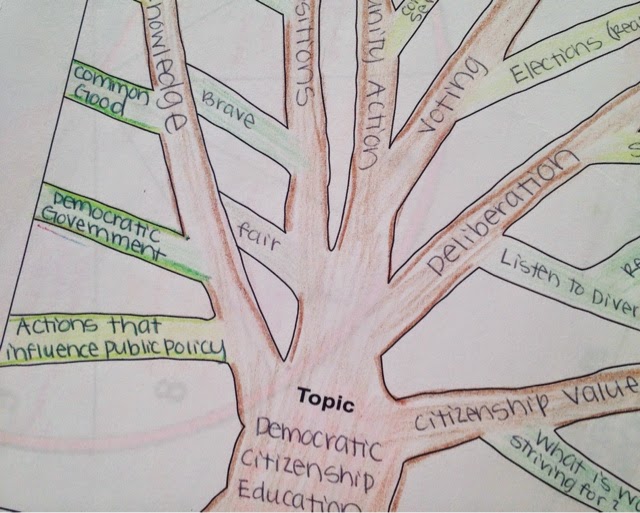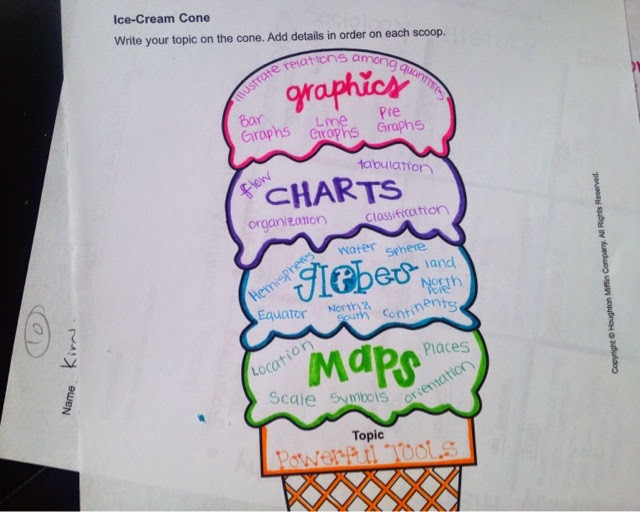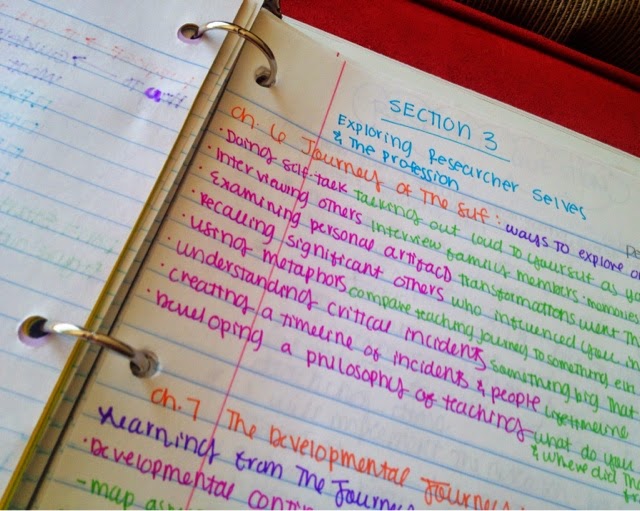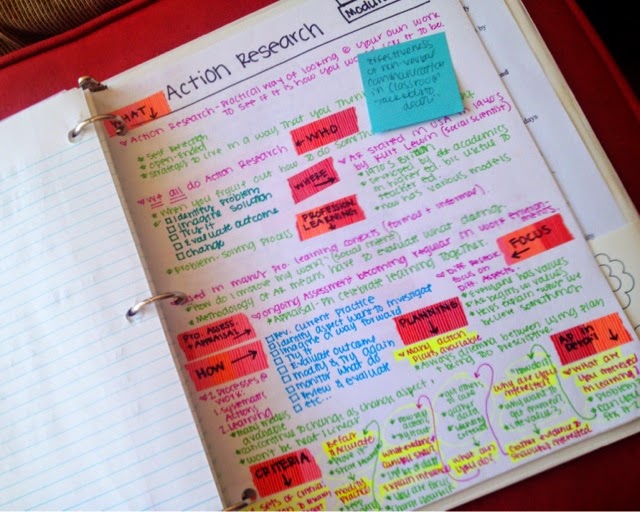How much more likely are you to read an infograph than an actual article or research study? Probably a lot more likely, right? In fact, 90% of info transmitted to our brains is visual! "Yeah, so what?" you might be asking. So... have you ever considered using visual notes for studying instead of just writing out a bunch of words? You know, a little like creating your own infograph? I started doing this for two reasons:
- #1: When I was in high school, we had a teacher who would allow us to create a 1-page study guide that we could use on our tests. I know, I know... sounds so easy, right? And you are right, it was easy. But here is what our teacher knew: He knew that we would spend SO MUCH time analyzing and evaluating what information to put on those study guides, that we would secretly be learning more information the whole time we were creating them! Pretty sneaky, huh?
- #2: I am a visual learner. And you probably are, too. In fact, 65 percent of us are visual learners! This is why we may get overwhelmed when we open a document/e-mail/textbook that just has dense paragraphs and paragraphs full of words. And I don't mean for that to sound as bad as it may sound (like we're too lazy to read a book or something). It's just that images, like charts or graphs or illustrations or photographs, can make it easier on our eyes and our brains because they improve a document's readability.
In fact, when I was in my Educational Psychology class a few years ago (favorite one ever, btw), our professor told us that one of the jobs within that field is to create those little images and tables in textbooks! I just thought it was pretty cool... I never even thought about why they were in there! Now I notice them all the time (AND I actually pay attention to them)!
Now, whenever I'm feeling particularly overwhelmed by a topic, I try to put all of the most important info onto ONE PAGE using a mixture of bullet points, charts, drawings, keywords, whatever I think will help! I created a study sheet of visual notes for my most recent certification exam (the last one ever. YAY!). Luckily, I took photos of this one because, as you know, studying is a little like working out: If you don't photograph it, it doesn't count.
 |
| As you can clearly see, stick people are my specialty. Just look at Jean Piaget's glasses. Remarkable talent. |
So, how about this: How about if, the next time you're studying for an exam, you comb through your notes and your textbook and create an infograph-style study sheet. One sheet (or poster) with pictures to quickly trigger certain concepts in your brian with a few keywords or major facts to remember! Then hang it up somewhere where you will see it frequently throughout the day (like above your desk or on your mirror to look at while you're getting ready).
Maybe you'll be able to get a little more into studying using a method like this than you would if you had to sit down, pull out your notes, and flip back through pages and pages of your own handwriting! I have included some examples of "visual notes" to inspire y'all! Also, there are links to several different sites that mention them (and other things) as well!
 |
| Of course I love this one by Liz Cazaly because it's about education, too! Win-Win! |
 |
| This one is by Austin Kleon (of austinkleon.com) achieves what I was TRYING to do in the photo above. |
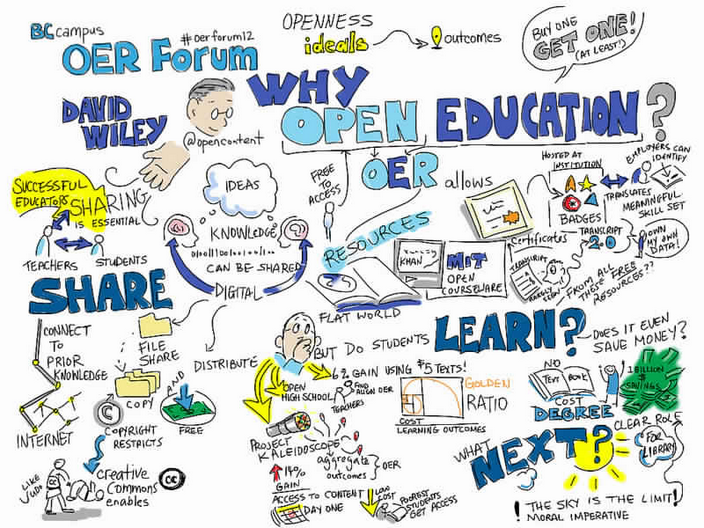 |
| And this one by Guilia Forsythe makes it easy to scan through the categories of the topic! |
Here are some links to sites that are
...helpful
Remember, it doesn't have to be good to be effective!
Thank goodness! :)
Thank goodness! :)
Do you take visual notes or have you ever tried? How do you typically create study guides? Have you tried that trick of putting them on your mirror (or somewhere in your home)... if so, did it help or not help?



